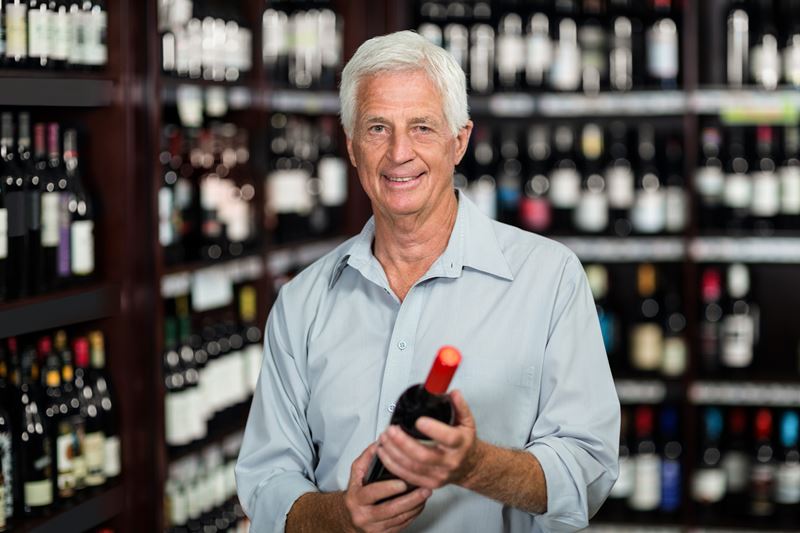US Wine Drinkers Can't Tell $10 from $100
Uncorking the Pragmatic Side of American Wine Culture
2024-04-17

In the endlessly diverse world of wine, where the allure of a sun-kissed vineyard can be just as enchanting as the rich history steeped in every bottle, it turns out that for many American wine lovers, their choice often boils down to something far more mundane: the price tag.
A revealing study by YouGov, engaging more than 1,000 U.S. drinkers, has shed light on what really sways the decision at the shelves. Despite the romanticism often associated with wine selection—imagining the rolling hills of Napa or the rustic charm of an Italian countryside—the truth is, for a significant chunk of American consumers, economic considerations lead. This focus on wallet-friendliness doesn't necessarily mean a sacrifice of quality, but it highlights a pragmatic approach to enjoying one of life's oldest pleasures.
The recently published report, American Opinions on Wine, confirms that the beloved Cabernet Sauvignon reigns supreme in preference, with its bold flavors capturing the hearts of 22% of respondents. Close behind are the subtle complexities of Pinot Noir and the bright acidity of Chardonnay. However, when it comes time to purchase, 45% of U.S. drinkers find their sweet spot in bottles priced between $11 and $20. This price range proves to be the popular middle ground, offering a balance between quality and affordability.
Interestingly, while nearly half of the participants deem the price as "very important," there's a candid admission about their wine discernment abilities. Only 6% express confidence in distinguishing between a $10 bottle and its $100 counterpart. This modesty—or perhaps realism—suggests that while price is paramount, the subtleties of taste may not be as perceptible to the average consumer.
It's also noteworthy that despite the price consciousness, the data suggests a willingness among consumers to occasionally splurge. About 13% of those surveyed have ventured above the $80 mark for a special bottle. This indicates that while everyday purchases may lean towards the economical, there remains a place for indulgence, perhaps reserved for celebrations or as a gift.
Among the less crucial factors influencing wine choice, the study found that bottle and label design holds little sway, with a notable 23% of consumers saying it was "not important at all." This practical approach underscores a focus on the content rather than the container, aligning with the broader trend of value over vanity.
As American consumers navigate the vast selection of wines available, it's clear that price plays a pivotal role in their choice. Yet, this doesn't diminish the love for the vine; it simply shapes the way it is experienced. The landscape of wine preference and purchasing in the U.S. reveals a community both diverse in its tastes and wise in its spending, reflecting a culture that appreciates both the finer things and the finer price.
Founded in 2007, Vinetur® is a registered trademark of VGSC S.L. with a long history in the wine industry.
VGSC, S.L. with VAT number B70255591 is a spanish company legally registered in the Commercial Register of the city of Santiago de Compostela, with registration number: Bulletin 181, Reference 356049 in Volume 13, Page 107, Section 6, Sheet 45028, Entry 2.
Email: [email protected]
Headquarters and offices located in Vilagarcia de Arousa, Spain.